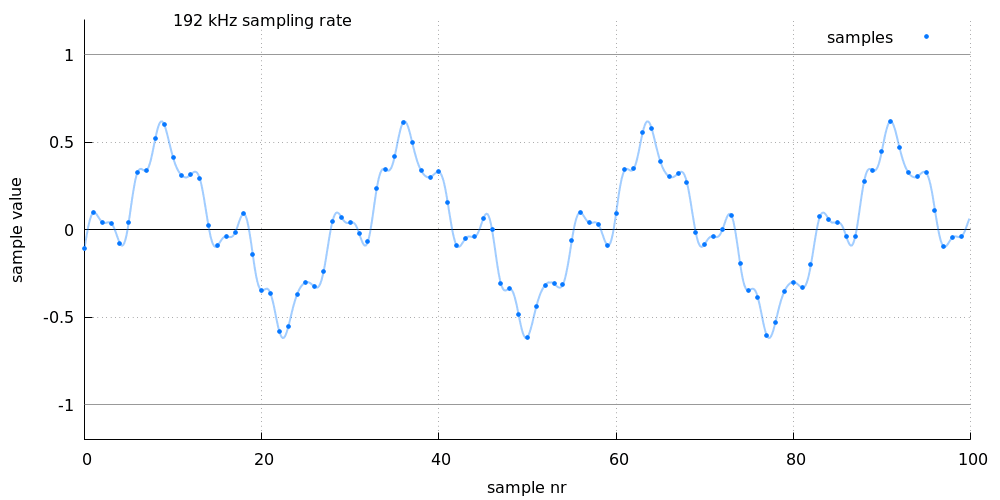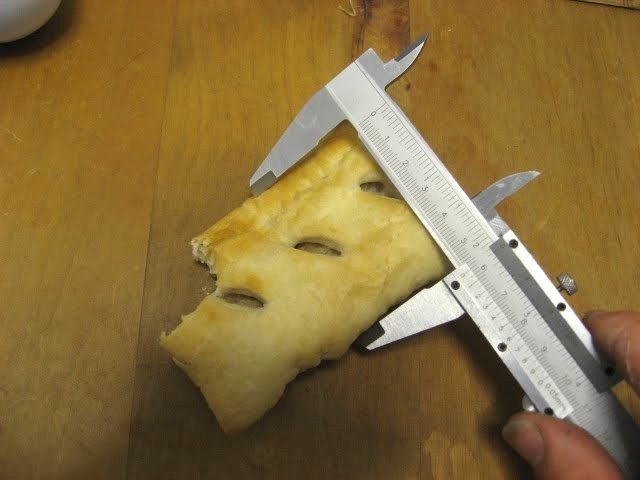@thevetrans... yes Jitter is bad. horribly bad its what made 80s digital sound so shrill with violins and horrible piano sounding wrong.
Do you have reliable evidence for that assertion or did you just make it up? The actual facts are the opposite; Achieved jitter (specifications) are actually good, terrifically good and 80’s digital sound was not “
so shrill with violins and horrible piano”.
But I think there is "a baseline table stakes for digital" and it probably should start with a low jitter Femtoclock.
There is a baseline, that would be lower than the lowest demonstrated audible threshold, which typically is around 200ns, although 27ns was once demonstrated with a particular piece of music. However, there is no DAC with a jitter anywhere near that level. Even cheap DACs in OEM CD drives 30 years ago averaged around 150ps jitter, which is more than 1,000 times below typical audibility and still around 200 times below the lowest demonstrated audibility and none had femtoclocks! Your just repeating false marketing.
Just like with Solid State amps a good rule of thumb is at least 110db s/n ratio.
Why would “
a good rule of thumb” be so far below audibility? Why wouldn’t “
a good rule of thumb” just be the limit of audiblity?
For instance - People who say wire doesn't make a difference often have things that don't allow for them to hear the difference in their system.
True, I for example don’t have a system that’s so screwed up that changing the wire could make an audible difference. Fortunately, not many people do. I’m sorry if yours does, have you considered upgrading it? Even a mediocre mass produced consumer system would do the trick.
If you send HF into systems that aren't designed for it you get cascading distortion throughout your audible spectrum even if it was ultrasonic frequencies that caused it. Wide bandwidth systems are needed to hear the benefits of hi-rez.
What audio systems aren’t designed for HF? Most systems aren’t designed for ultrasonic frequencies but then the obvious solution would be not to feed ultrasonic frequencies to such a system, EG. Use 16/44 rather than hires.
You can make digital sound close to vinyl , just start crippling the system. Until the vinyl sounds so bad digital wins.
You have that backwards. You can make digital sound close to vinyl if you cripple it (the digital!), until the digital sounds so bad the vinyl wins.
Most home audio systems aren't good enough to appreciate all that vinyl has to offer
I can’t remember ever hearing a home audio system, even a cheap one, that couldn’t reproduce the surface noise and clicks/crackles of vinyl.
If you hear a digital master and go out and buy brand new vinyl the brand new vinyl will often sound worse than the digital... but if you have an older copy on vinyl the vinyl wins.
So you’re saying that vinyl isn’t better than digital but vinyl with significant wear does? Presumably a worn out and badly scratched vinyl record sounds best of all or maybe a century old wax cylinder?
Look sometimes I wonder why I try and help this headphone crowd.
How exactly does posting a bunch of misinformation, marketing BS and false audiophile myths “
help this headphone crowd” or help any other crowd?
G




























